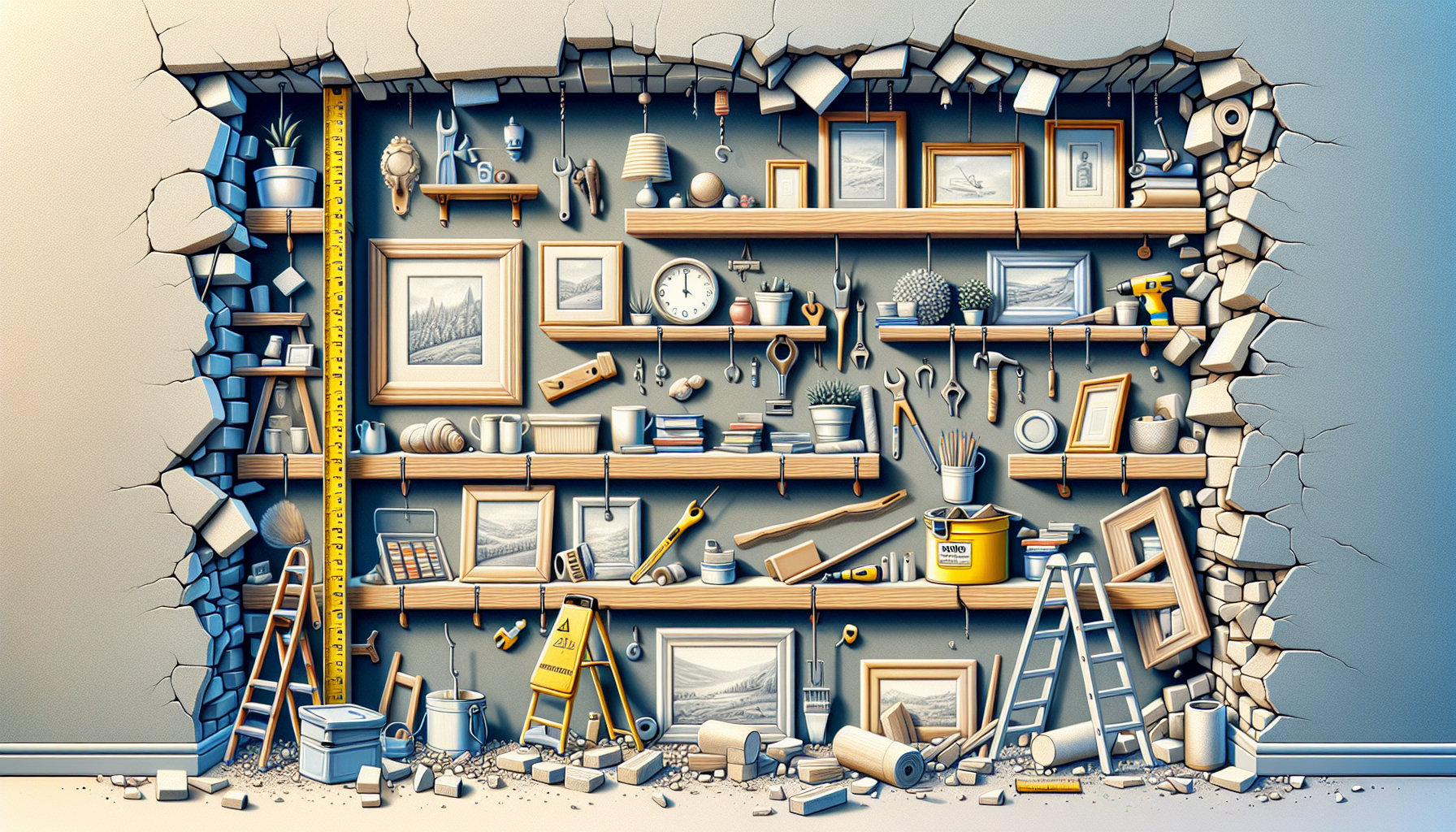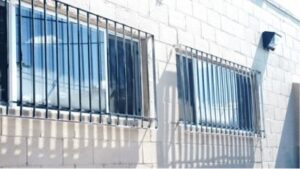Drywall, also known as plasterboard or gypsum board, is a widely used material in construction due to its versatility, rapid installation, and capacity to efficiently create partitions, ceilings, and lining walls. However, while it offers a practical solution for many applications, it does have significant limitations, especially when it comes to hanging objects on the walls. In this article, we’ll delve into the characteristics of drywall, its limitations, and the best practices for securely and efficiently hanging objects.
What is drywall and how is it constructed?
Drywall consists of a gypsum plaster core sandwiched between two layers of paper. These boards are affixed to a metal framework composed of vertical studs and horizontal tracks. The space between the studs is often filled with insulation material (such as fiberglass or polystyrene) to improve thermal and acoustic insulation.
The primary advantage of drywall is its lightness, allowing for rapid installation and reducing the load on building structures. However, this lightness also implies limited resistance to heavy loads, which can become a problem if precautions aren’t taken when hanging objects.
Limits of drywall in terms of load
The strength of drywall depends on various factors, such as the thickness of the board, the spacing between studs, and the type of anchors and screws used. In general, these are the approximate load limits:
-
On the drywall surface:
- Light loads: Up to 11 lbs per anchor point, using specific drywall anchors.
- Moderate loads: Between 11 and 33 lbs, provided that high-capacity anchors are used and distributed across multiple points.
- Heavy loads: More than 33 lbs require anchoring directly to the metal studs.
-
On the studs:
- Steel studs offer much greater resistance. A properly installed screw in a stud can support loads of up to 66 lbs or more.
- Factors that affect resistance:
- Moisture: Standard drywall is not moisture-resistant. In humid environments, such as bathrooms, it’s advisable to use green board drywall.
- Thickness of the board: 12.5 mm boards are more resistant than those measuring 9.5 mm.
- Quality of installation: A faulty installation, with poorly fixed studs or improperly adjusted boards, significantly reduces resistance.
What you can hang on a drywall wall
-
Light objects (up to 11 lbs):
- Small to medium pictures.
- Light mirrors.
- Decorations like wall clocks or garlands. For these objects, specific drywall anchors, such as toggle bolts, expansion anchors, or nylon plugs, can be used.
-
Moderate objects (up to 33 lbs):
- Small shelves.
- Medium-sized TV frames.
- Ceiling lamps or wall sconces. For these cases, it’s advisable to use higher-capacity anchors, like molly bolts or self-drilling screws, and distribute the weight across several anchor points.
- Heavy objects (more than 33 lbs):
- Large televisions.
- Heavy shelves or bookcases.
- Built-in furniture. These objects must be anchored directly to the metal studs. Locating the studs with a stud finder and securing the screws in them is essential.
What not to hang on a drywall wall
-
Very heavy loads without support:
- Heavy furniture, like wardrobes or display cabinets.
- Heavy appliances, such as air conditioners or heaters.
-
Without suitable anchors:
- Do not use common brick or concrete anchors, as they do not expand correctly in drywall and can pull the board when pressure is exerted.
- In humid areas without protection:
- If you are hanging objects in humid areas, make sure to use green board drywall and ensure that the anchors and screws are properly sealed to prevent moisture damage.
Practical tips for hanging objects on drywall
- Locate the studs: Use a stud finder to find the metal studs. Anchoring objects directly to the studs significantly increases resistance.
- Choose the right anchors:
- Toggle bolts: Ideal for light loads.
- Molly bolts or expansion anchors: For moderate loads.
- Self-drilling screws: For metal studs.
- Distribute the weight: For heavy objects, use several anchor points to distribute the weight evenly.
- Verify the installation: Make sure the anchors are securely fixed and the objects are leveled before releasing the full load.
- Consult a professional: If you have doubts or need to hang very heavy objects, it’s advisable to seek help from a specialized technician.
Alternatives to drywall for heavy loads
If you need to hang very heavy objects and drywall isn’t sufficient, consider these alternatives:
- Brick or concrete walls: Offer greater resistance and are ideal for heavy loads.
- Specific reinforcements: Installing metal reinforcements or thicker boards behind the drywall can increase its load-bearing capacity.
Conclusion
Drywall is an economical, lightweight, and versatile material, but it has clear limitations regarding the load it can bear. Understanding these limitations and using the correct fixation methods is critical to avoid wall damage and ensure safety. Whether you’re hanging a small picture or installing heavy shelves, it’s always better to choose the right supports, and when in doubt, consult a professional. With the right precautions, drywall can be an effective and durable solution for your construction and decoration needs.
Source: Architectural News











